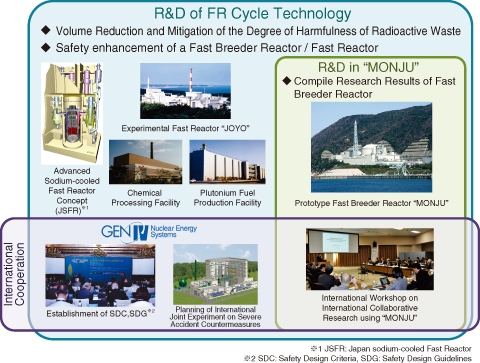
Fig.7-1 Overview of the research and development of fast reactor cycle technology
Prior to FY 2011, research and development activities had been conducted toward the commercialization of fast reactor (FR) cycle technology with the cooperation of electric utilities; the main concept was a combination of a sodium-cooled FR, advanced aqueous reprocessing, and simplified pelletizing fuel fabrication. After the accident at the Tokyo Electric Power Company, Incorporated Fukushima Daiichi Nuclear Power Station, we had focused our activities on efforts required to retain the technical capacity and to enhance safety of FR. Then, in April 2014, the Cabinet of Japan decided to approve the new Strategic Energy Plan as the basis for the orientation of Japan’s new energy policies. In accordance with this plan, we have implemented R&D activities on “volume reduction and mitigation of the degree of harmfulness of radioactive waste” and “safety enhancement of a fast breeder reactor (FBR)/FR,” utilizing international cooperation from FY 2014 onwards. On the safety enhancement issue, “Safety Design Criteria (SDC)” that we proposed were approved at the Generation-IV International Forum (GIF) in May 2013. “Safety Design Guidelines (SDG),” which are guidance documents for SDC, are currently being developed (Fig.7-1). This chapter describes the subsequent enhancement of safety and reliability, considering the features of a sodium-cooled FR and basic research on fuel cycle technology.
Experimental data showed a possibility of retaining degraded core material in a reactor vessel during a core destructive accident in a FBR/FR (Topic 7-1).
The reactor building of the Japan sodium-cooled FR (JSFR) is designed to have high resistance against extreme wind, snowfall, and fire, as well as earthquakes and tsunamis (Topic 7-2).
Regarding the sodium/water chemical reaction, which is an important issue for ensuring the safety and protection of the steam generator (SG), an analysis system has been developed for evaluating heat transfer tube failure propagation by reacting jet (Topic 7-3).
For the inspection of SG tubes, a technique for a large-scale simulation of a magnetic field around the structure has been developed (Topic 7-4).
A promising candidate material for long-life fuel cladding tubes has been developed through efforts at improving chemical compositions and fabrication methods (Topic 7-5).
With respect to the FBR fuel cycle, the fundamental data have been acquired to establish future reprocessing during a period of co-existence of light water reactors and FBR/FR (Topic 7-6).